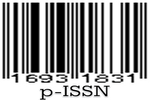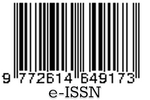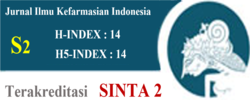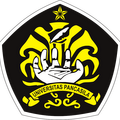Activity of Fenugreek Seed (Trigonella foenum-graecum L.) on Proliferation and Apoptotic Potency of MCF-7 Breast Cancer Cells
Abstract
Fenugreek seed (Trigonella foenum-graecum L.) is one of Indonesian medicinal plant with many known activities such as antidiabetic, antihypercholesterolemia, phytoestrogen and anticancer. Fenugreek seed contains steroidal sapogenines (i.e. diosgenin, yamogenin, gitogenin, tigogenin and trigoneoside), alkaloid trigonellin and flavonoid (i.e vitexin, orientin). This experiment was carried out to investigate the cytotoxic activity and its potency to induce apoptotic on breast cancer cell line, MCF-7. Cytotoxic activity was carried out by MTT (3-(4,5-dimethylthiazol-2-yl)-2,5-diphenyltetrazolium) method. Fenugreek seed was prepared by extraction (methanolic and ethanolic extract) and fractionation using solvents with different polarity (hexane, ethylacetic, buthanolic and water fractions). The potency of apoptotic induction assay was carried out using flowcytometric method staining with propidium iodide (20μg/mL) on 100 ppm sample. Apoptotic potency was evaluated based on % population of cells in subG0/G1 phase. Results showed that ethylacetic fraction has the lowest IC50 (41.81 ppm) and significantly (p<0.05) increase % population of cells in subG0/G1 phase (20.87%) on 100 ppm concentration. It is concluded that fenugreek seed posses cytotoxic activity and potency of apoptotic induction on MCF-7 cells.
References
2. Hibasami H, Hiroyuki M, Kengo I, Hirotaka K, Kunio I, Kazumi Y, et al. Protodioscin isolated from fenugreek (Trigonella foenum-graecum L.) induces cell death and morphological change indicative of apoptosis in leukemic cell line H-60, but not in gastric cancer cell line KATO III – International Journal of Molecular Medicine. 2003.11:23-6.
3. Raju J, Jagan MRP, Malisetty VS, Chinthalapally VR, et al. Diosgenin, a steroid saponin of Trigonella foenum graecum (Fenugreek), inhibits azoxymethane-induced aberrant crypt foci formation in F344 rats and induces apoptosis in HT-29 human colon cancer cells. Cancer Epidemiology Biomarkers & Prevention. 2004.13: 1392-8.
4. Kaviarasan S, Ramamurty R. Fenugreek (Trigonella foenum-graecum L.) seed extract prevent ethanol induced toxicity and apoptosis in Chang liver cells. Alcohol and Alcoholism. 2006.41(3):267-73.
5. Agustini K. Pengaruh pemberian ekstrak biji klabet (Trigonella foenum-graecum L.) terhadap kadar estradiol dan FSH serta struktur histologi uterus dan mammae tikus putih betina galur wistar prepubertal dan yang diovariektomi [Thesis]. Depok:Departemen Farmasi. Universitas Indonesia. 2004.
6. Evans CW. Pharmacognosy. 15th ed. London: W.B. Saunders; 2002.
7. Wiryowidagdo S. Kimia dan farmakologi bahan alam. Jakarta: Universitas Indonesia; 2001. 318-28.
8. Guyton CA. Human physiology and mechanism of disease. Diterjemahkan oleh P. Andrianto. Jakarta: EGC: 1995. 741-53.
9. Cotran RS, Kumar V, Collins T. Robbins patologic basic of disease. 6th ed. Tokyo: WB Saunders Company; 1999. 18-25.
10. Kresno SB. Ilmu onkologi dasar. Jakarta: Bagian Patologi Klinik FKUI; 2001.
11. Laboratorium Analisa HPLC, Laboratorium Teknologi Farmasi dan Medika, LAPTIAB, BPPT. 2010.
12. Hughes D, Mehmet H. (Eds). Cell proliferation and apoptosis. Oxford. BIOS Scientific Publisher Ltd; 2003. 1-24.
13. Laboratoriun Kultur Sel, Pusat Penelitian Kimia, Lembaga Ilmu Pengetahuan Indonesia (Puslitkim-LIPI). Protokol analisis apoptosis. 2010. (Adopsi dan modifikasi dari sumber lain).
14. Rabinovitch PS. Multicycle for windows, Multicycle DNA content and cell cycle analysis software. Washington: University of Washington. Phoenix Flow System Inc; 2002: 2-55.
15. Gauduchon J, Gouilleux F, Maillard S, Marsaud V, Renoir MJ, Sola B. The selective estrogen receptor modulator 4-hydroxy tamoxifen induces G1 arrest and apoptosis multiple myeoma cell lines. Ann NY Acad Sci. 2003.1010:321-5.
16. Rice S and Whitehead SA. Phytoestrogens and breast cancer–Promoter or protectors?. Endocrine Related Cancer. 2006.13:995-1015.
Licencing
All articles in Jurnal Ilmu Kefarmasian Indonesia are an open-access article, distributed under the terms of the Creative Commons Attribution-NonCommercial-ShareAlike 4.0 International License which permits unrestricted non-commercial used, distribution and reproduction in any medium.
This licence applies to Author(s) and Public Reader means that the users mays :
- SHARE:
copy and redistribute the article in any medium or format - ADAPT:
remix, transform, and build upon the article (eg.: to produce a new research work and, possibly, a new publication) - ALIKE:
If you remix, transform, or build upon the article, you must distribute your contributions under the same license as the original. - NO ADDITIONAL RESTRICTIONS:
You may not apply legal terms or technological measures that legally restrict others from doing anything the license permits.
It does however mean that when you use it you must:
- ATTRIBUTION: You must give appropriate credit to both the Author(s) and the journal, provide a link to the license, and indicate if changes were made. You may do so in any reasonable manner, but not in any way that suggests the licensor endorses you or your use.
You may not:
- NONCOMMERCIAL: You may not use the article for commercial purposes.
This work is licensed under a Creative Commons Attribution-NonCommercial-ShareAlike 4.0 International License.

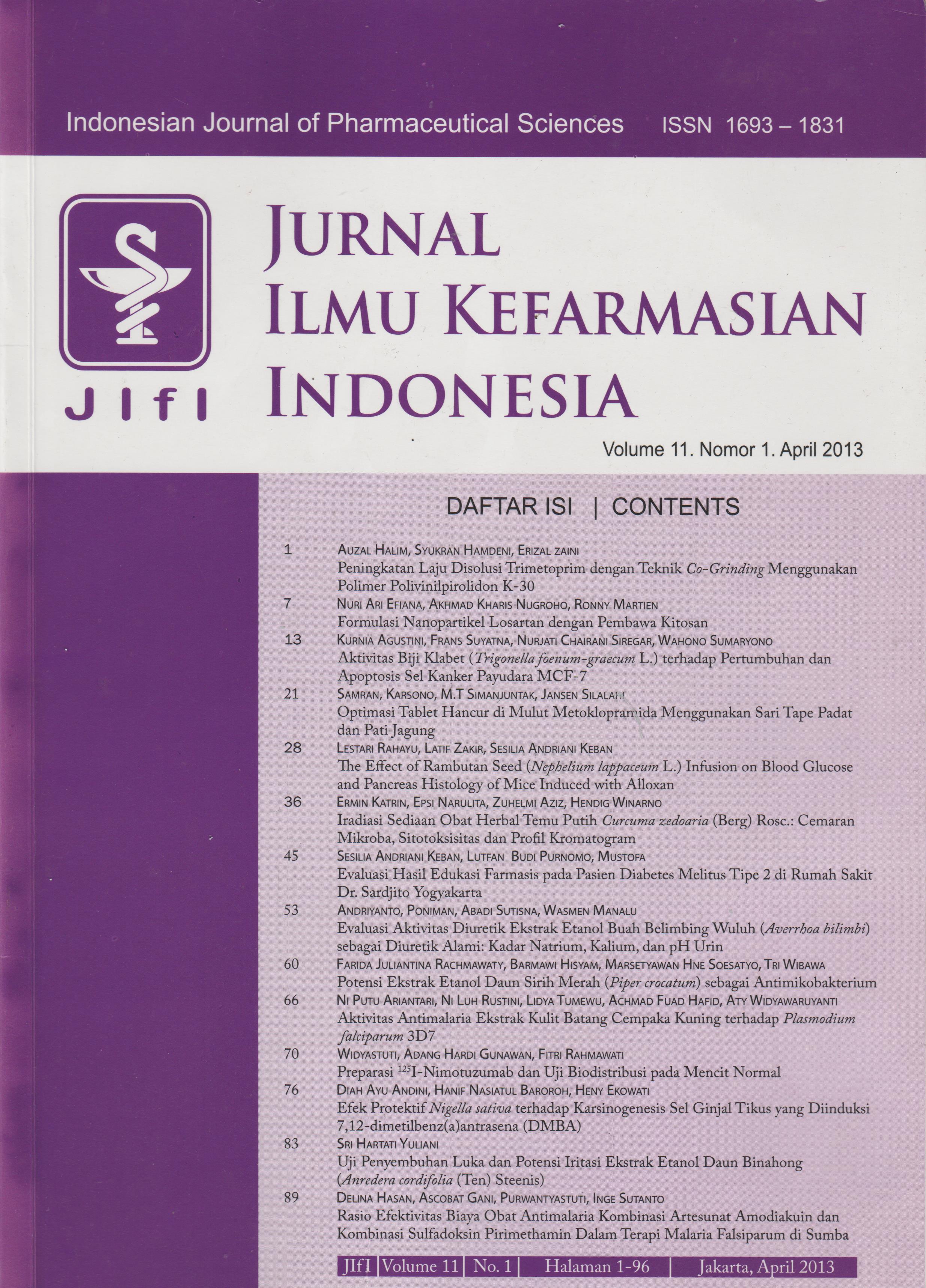



 Tools
Tools

